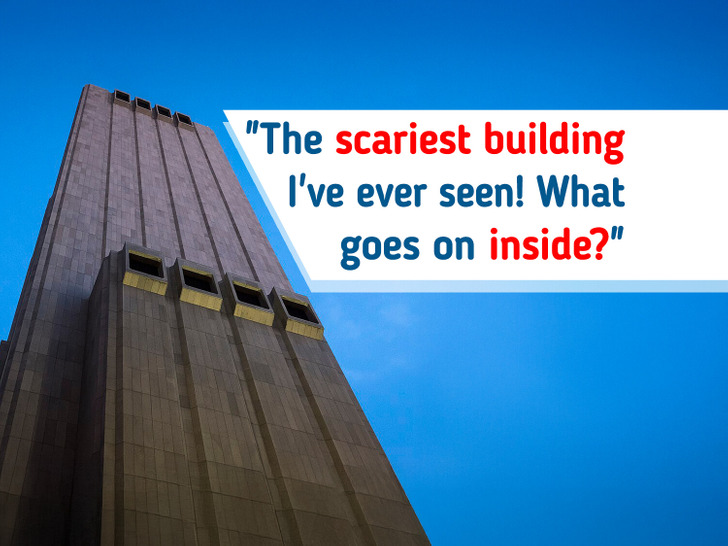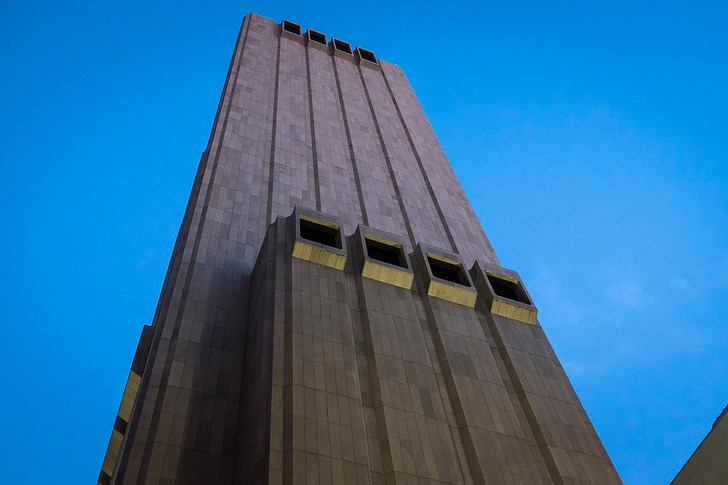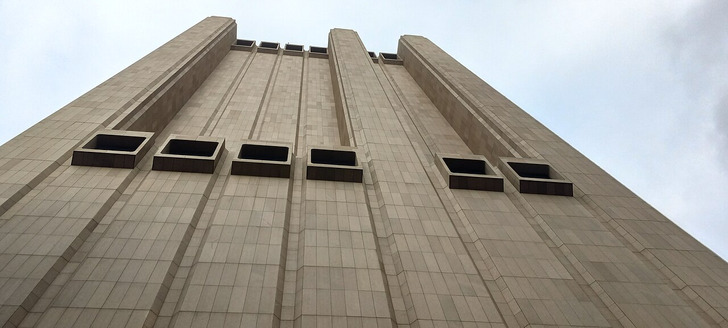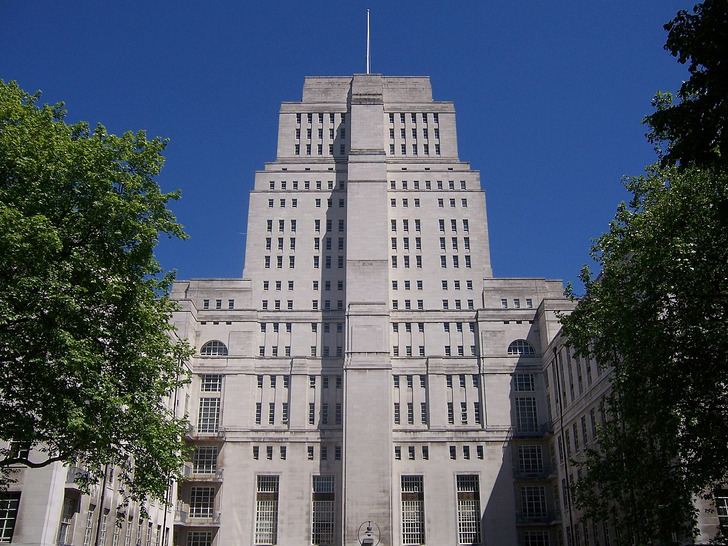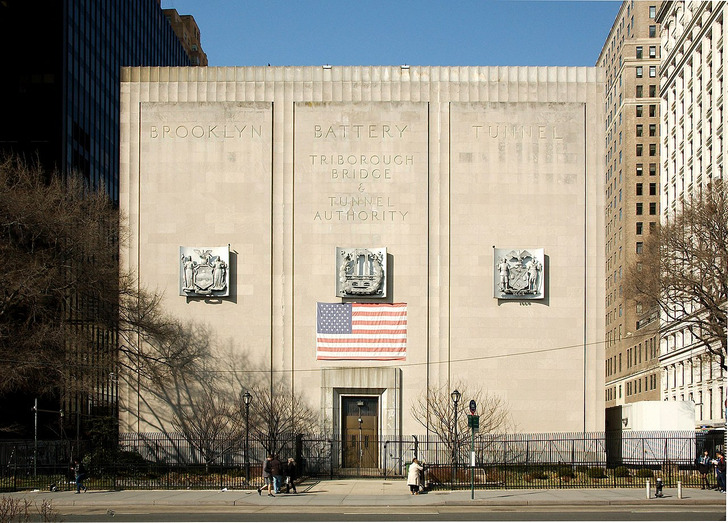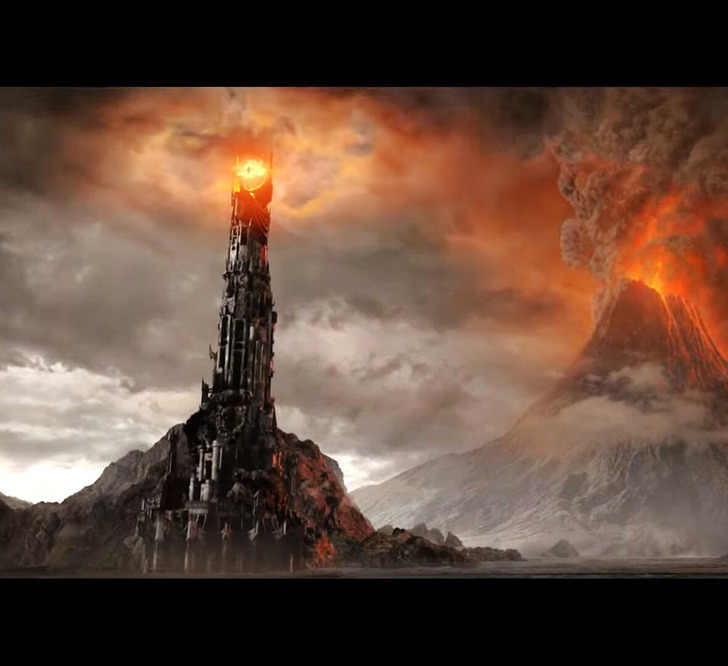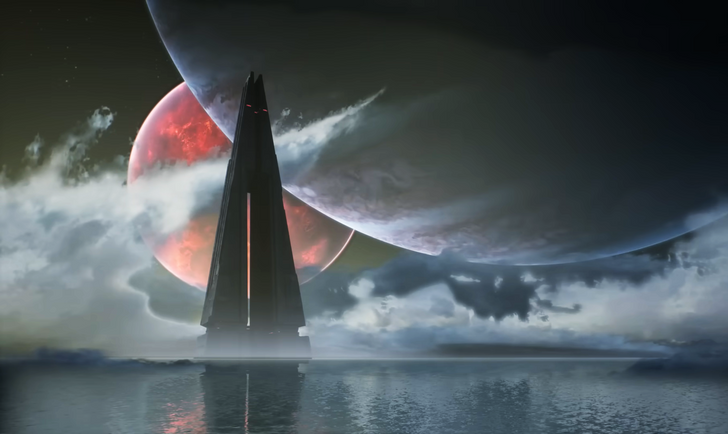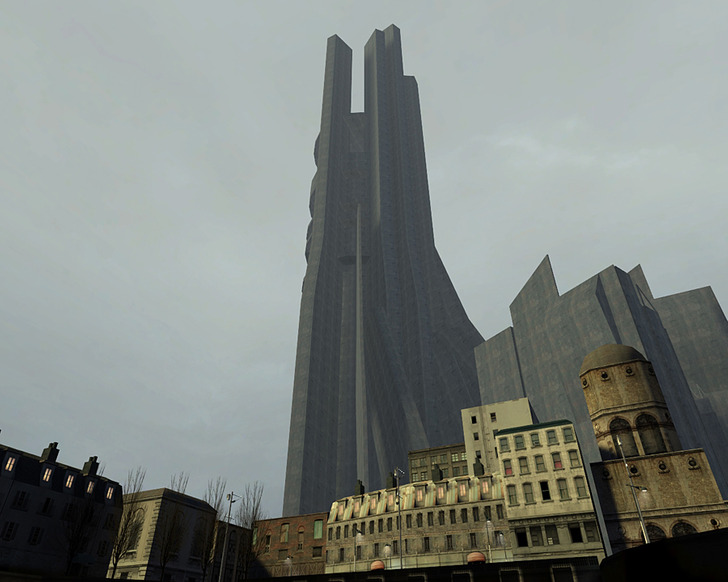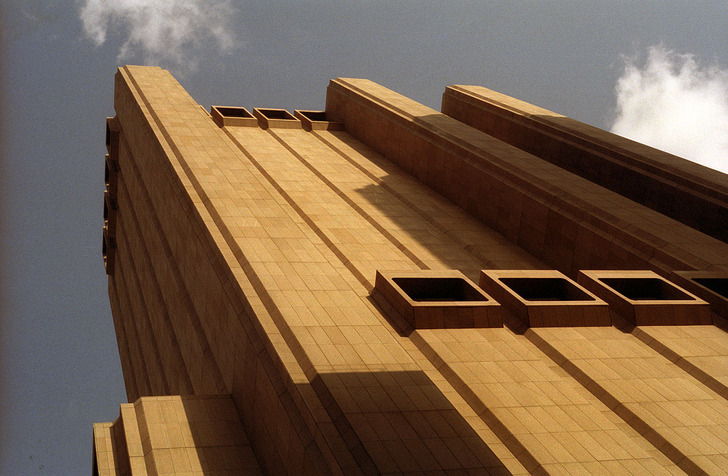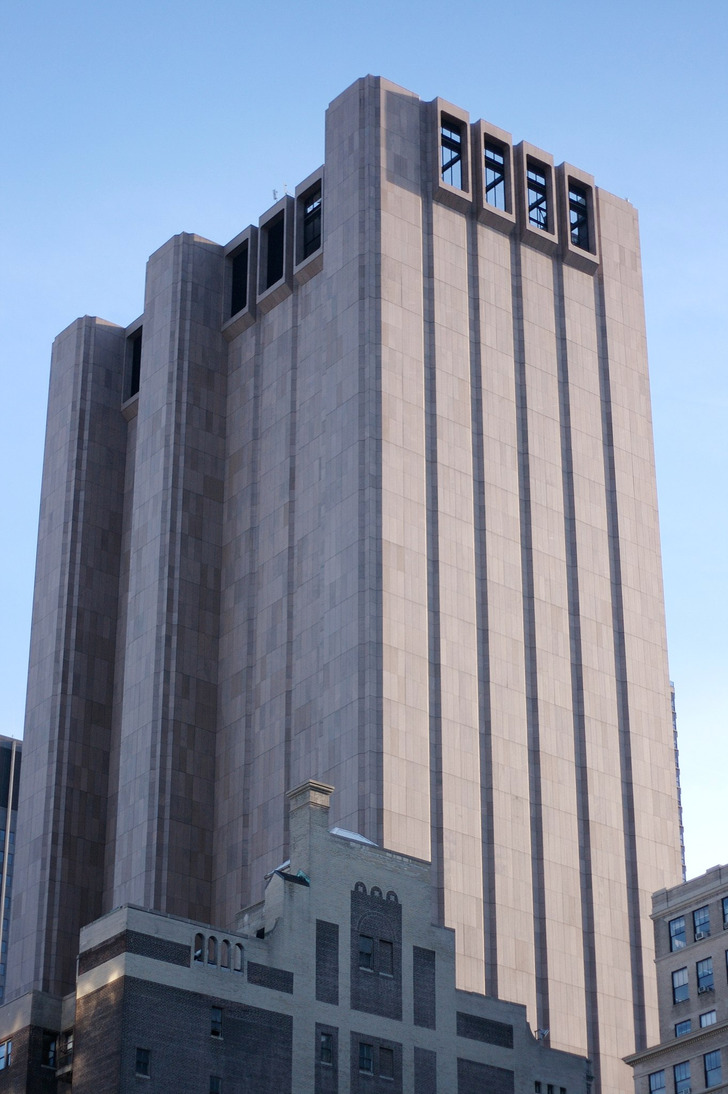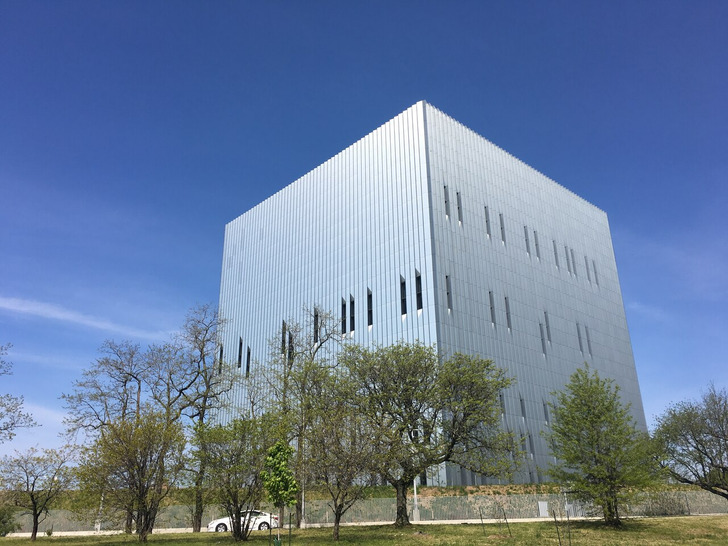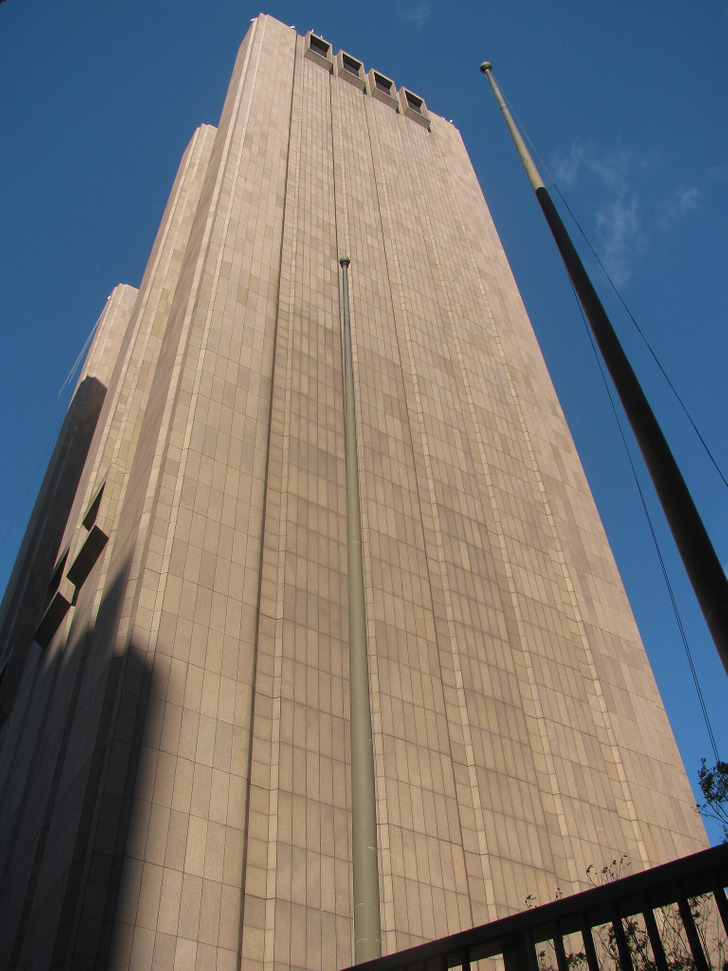That's odd. I'll be going down the rabbit hole for this lol
13 Hilarious Guesses About What Really Goes On Inside NYC’s Most Secretive Building
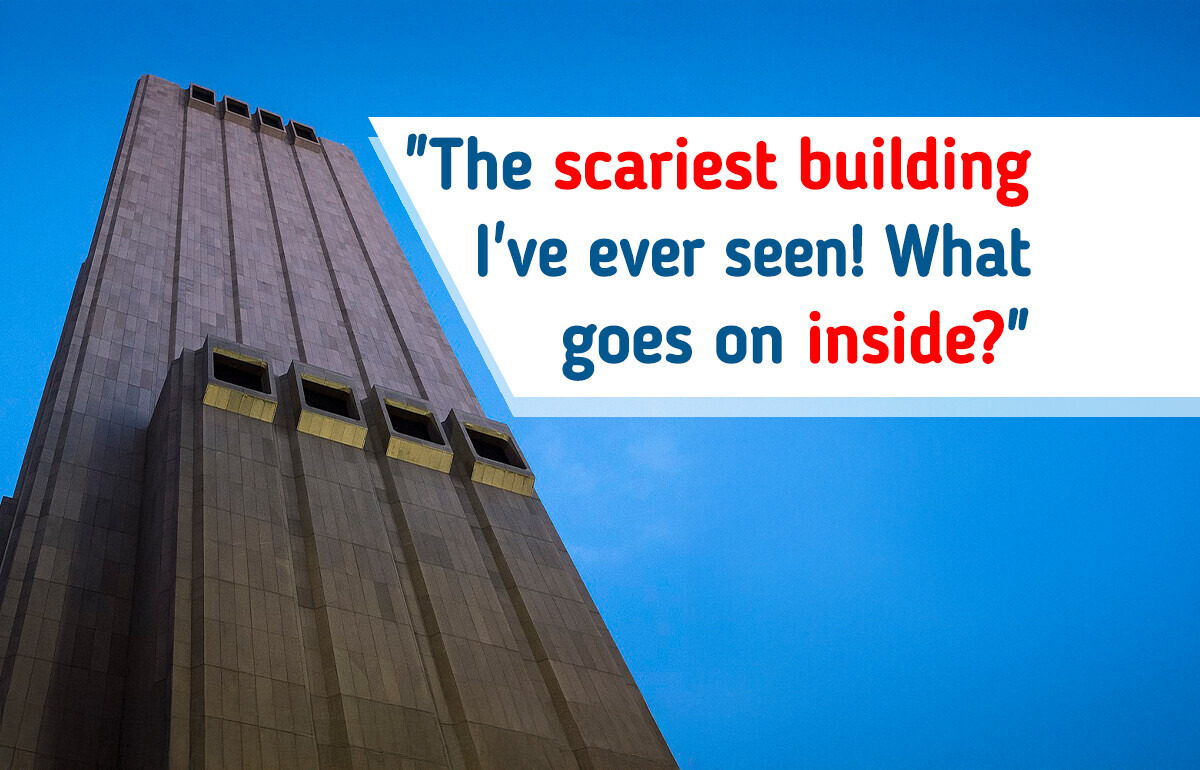
In the heart of New York City, nestled between bustling skyscrapers and busy streets, there stands a towering, windowless monolith that has captured the imaginations of locals and visitors alike. At 550 feet tall, 33 Thomas Street looms over Manhattan, its massive concrete exterior seeming almost like a fortress. This building, often called the “windowless skyscraper,” has been at the center of urban legends, speculation, and intrigue for decades.
But what’s truly inside? And why does it look so different from the other buildings that surround it? Let’s dive deep into the mystery of 33 Thomas Street.
The enigma of 33 Thomas Street
Completed in 1974, 33 Thomas Street was originally designed by the architectural firm John Carl Warnecke & Associates to serve as a telecom hub for AT&T. The building was constructed to house critical telephone switching equipment for the company’s Long Lines Department, an essential part of the communications infrastructure of the time. While the initial purpose of the building might seem relatively mundane, the sheer scale of its design—and its continued air of mystery—has led to speculation that there’s much more to this structure than meets the eye.
Standing at 550 feet (170 meters) with 29 floors, the skyscraper is a striking example of Brutalist architecture, a style known for its heavy use of concrete and block-like shapes. While Brutalism is often controversial for its cold, imposing aesthetic, it’s clear that the style serves a functional purpose here—security. The lack of windows isn’t just for dramatic effect; it’s a deliberate feature that has led many to speculate about the building’s true purpose.
Speculation surrounding the building
The mystery of 33 Thomas Street has sparked widespread speculation and intrigue, especially on social media. In 2017, actor Tom Hanks tweeted, “This is the scariest building I’ve ever seen! What goes on inside?” His tweet went viral, capturing the public’s fear and curiosity about the building’s windowless, fortress-like exterior.
Naturally, the internet responded the only way it knows how: with a wild mix of imagination, pop culture references, and tongue-in-cheek suggestions. Reddit, in particular, became a breeding ground for creative comparisons, with users comparing the skyscraper to everything from dystopian departments to haunted houses and video game villain lairs.
Some users likened it to the Ministry of Love from George Orwell’s 1984 — that dreaded gray monolith where dissenters are re-educated through less-than-cozy methods. While the Ministry of Truth was famously inspired by London’s Senate House (above), 33 Thomas Street seems to channel the bleaker sibling: windowless, imposing, and radiating “Room 101 energy.” Thankfully, Winston Smith is nowhere to be found... we hope.
Others joked that the building could easily pass as the Men in Black headquarters. In the films, that role was played by the Hugh L. Carey Tunnel Ventilation Building (below)—another real, windowless structure in New York City. Like 33 Thomas Street, it looks less like an office and more like a top-secret vault. Both buildings radiate that same intimidating “we were never here” energy.
With its towering concrete facade and not a single window in sight, 33 Thomas Street could easily be mistaken for the agency’s backup HQ, complete with agents in black suits emerging from the shadows, neuralyzer in hand.
Gamers chimed in too, connecting the structure with the cold, metallic bunkers of Wolfenstein, while one user joked that it looked like a “mob spawner” from Minecraft— a grim tower that churns out zombies and creepers. Which, let’s be honest, would explain the lighting situation. And of course, Fortnite made the list, with someone tagging 33 Thomas Street as like something out of “Tilted Towers”
Meanwhile, another comment described the building as “The Oldest House” (below)— the paranormal, reality-warping headquarters of the Federal Bureau of Control in the game Control. And it’s not just a playful comparison: Remedy Entertainment has confirmed that 33 Thomas Street was a real-world inspiration for the game’s setting. In fact, the in-game address of the Oldest House is 34 Thomas Street — a subtle nod to its concrete muse just next door. With its towering, windowless facade and air of secrecy, it’s easy to imagine 33 Thomas Street hiding shifting hallways, impossible staircases, or a floating file cabinet or two.
Of course, not every take was so sinister. A user imagined the building as the office of Gerhardt Fjuck, a fictional character with a name that causes as much confusion as the building itself. You can almost hear him inside, angrily filing paperwork in complete darkness.
Then there’s the idea that it’s actually Lord Farquaad’s castle from Shrek — the intimidating stronghold designed to overcompensate for a certain lack of... vertical presence.
Others saw a more modern twist, pointing out that 33 Thomas Street doesn’t just look like the kind of building Mr. Robot would break into—it actually was. The building made a cameo in an episode of Mr. Robot, serving as the perfect backdrop for the show’s themes of surveillance, secrecy, and digital rebellion. With its brutalist exterior and complete lack of windows, it fits right into Elliot’s glitchy, paranoid world.
Meanwhile, an Ayn Rand fan wondered if it was where the titans of industry secretly meet to discuss the fate of the world — straight out of Atlas Shrugged. Don’t worry, though, John Galt probably has better taste in architecture.
Another commenter imagined it as the House on Haunted Hill — grim, isolated, and perfect for an eerie Halloween party. While perhaps the most wholesome comparison came from a user who imagined the building as Scrooge McDuck’s vault, filled to the brim with gold coins and secured tighter than Fort Knox.
In The Lord of the Rings, Barad-dûr, the dark tower of Sauron, shares a similar commanding presence. Both structures are towering and unyielding, designed to stand out against the landscape. Barad-dûr’s jagged, ominous design and the Eye of Sauron watching over Middle-earth is akin to 33 Thomas Street’s unblinking, imposing silhouette against the city.
Similarly, Fortress Inquisitorius from Star Wars: Jedi Fallen Order carries a sense of grandeur and purpose. Located on a remote ocean moon, the fortress features angular, dark architecture that feels both timeless and functional, much like 33 Thomas Street. Both structures have an air of foreboding, built to serve as central hubs of activity in their worlds.
Finally, in Half-Life 2, The Citadel serves as the towering headquarters of the Combine. Much like 33 Thomas Street, the Citadel’s sleek, massive structure looms over its surroundings, built to impress and command attention.
Whatever it is (spoiler: it’s a telecom facility), one thing’s for sure — the people of the internet have no shortage of creative guesses.
Architectural anomaly: A windowless skyscraper
Imagine walking past a building in the middle of a city—yet there’s no light spilling out of it. No windows to peek through, no glass reflecting the surrounding streets. The design of 33 Thomas Street makes it stand out in the city’s skyline. Its imposing structure, made of flame-treated Swedish granite, is often simply referred to as “the windowless skyscraper.” But the choice of a windowless design wasn’t an aesthetic choice. In fact, it’s one of the building’s most deliberate and functional aspects.
Windows in skyscrapers are often symbols of innovation and advancement. But for 33 Thomas Street, they serve only to weaken the building’s integrity, leaving it vulnerable. The building’s creators likely had security in mind, especially considering its role in housing highly sensitive telecommunications equipment. While New Yorkers walk by the building every day, the rest of the world has largely been kept in the dark about what goes on behind those concrete walls.
Inside the walls: Employee revelations
In the early 2000s, a steamfitter and his son were contracted to work inside 33 Thomas Street. The two were tasked with installing and maintaining equipment throughout the building, but this was no ordinary job. The security was tight, and there were areas marked off-limits to workers. They were warned not to enter these restricted zones, and curiosity would lead them to wonder why.
As the team worked in the lower levels, one of them stumbled upon an old cabinet. Inside, he found documents that would forever change his perception of the building. The documents detailed protocols for a large-scale emergency situation.
This discovery raised many questions. Was 33 Thomas Street simply a telecom hub, or was it something more—something tied to national security?
Comparisons to other mysterious structures
33 Thomas Street’s secrecy and design are not unique in the world of mysterious, fortified structures. The Cheyenne Mountain Complex in Colorado, for instance, is similarly built to withstand extreme conditions. Hidden deep within a mountain, it serves as a command center for NORAD.
Another comparison can be made to Public Safety Answering Center II in New York, a state-of-the-art emergency response facility. While its purpose is more straightforward, the building’s secure design, with reinforced features and surveillance systems, echoes the functional secrecy of 33 Thomas Street. Both buildings prioritize security and survival in the face of disaster.
Lastly, the Holland Tunnel Ventilation Buildings in New York, designed to regulate airflow for the tunnel, are similarly unassuming yet critical to infrastructure. These buildings are often overlooked, just as 33 Thomas Street might be mistaken for a standard telecom facility. However, their essential and secretive nature contributes to their comparison—each structure designed to serve a hidden yet crucial purpose.
Influence on pop culture
33 Thomas Street has also influenced pop culture, particularly in the realm of movies and TV shows about surveillance. Its cold, windowless facade has become the archetype of modern dystopian architecture, often featured in films and TV shows that focus on surveillance, such as The X-Files and Mr. Robot.
The building’s mysterious presence and its role in modern surveillance make it the perfect setting for these narratives, which deal with the tension between privacy and national security.
Why does 33 Thomas Street have no windows?
The absence of windows in 33 Thomas Street isn’t simply a design choice; it’s a feature that makes the building more secure, as well as helping to prevent the equipment inside from overheating. The lack of external visibility ensures that no one can peer into the operations within, allowing it to remain a secretive hub for critical communications.
33 Thomas Street remains one of New York City’s most fascinating and mysterious buildings. Its Brutalist architecture, lack of windows, and fortress-like design all contribute to its enigmatic presence in the heart of one of the world’s most vibrant cities. 33 Thomas Street is a building that continues to provoke curiosity, speculation, and intrigue.
The question remains: What secrets are hidden within its walls, and how much longer will the public remain in the dark?
Curious about more mysterious and unusual buildings? Check out these 15 structures that make us wonder what it would be like to live in them!
Comments
Related Reads
18+ Coincidences That Made the World Feel Surreal
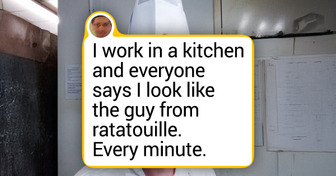
The Kardashian-Jenner Sisters and Mom Kris Jenner Reunite for a Stunning Photoshoot

I Refused to Use My Social Media to Promote My Company—Now HR Stepped In

18 Stories That Prove a Cleaner’s Job Is About More Than Just Dusting

12 Acts of Kindness That Made Someone See the Horrible Truth

I Refuse to Keep Supporting My Daughter and Her 5 Kids for Free

I Refused to Be Humiliated in Front of My Own Family

14 People Who Walked Straight Into Awkward Moments

11 Stories That Prove Kindness Takes Just a Moment, but Lives On Forever

10 Honest Stories That Capture the Struggles and Pain of Blended Families

10 Times People Had to Face Cruel Reality

10 Stories of Kindness That Show Angels Walk Among Us Every Second of Every Day

